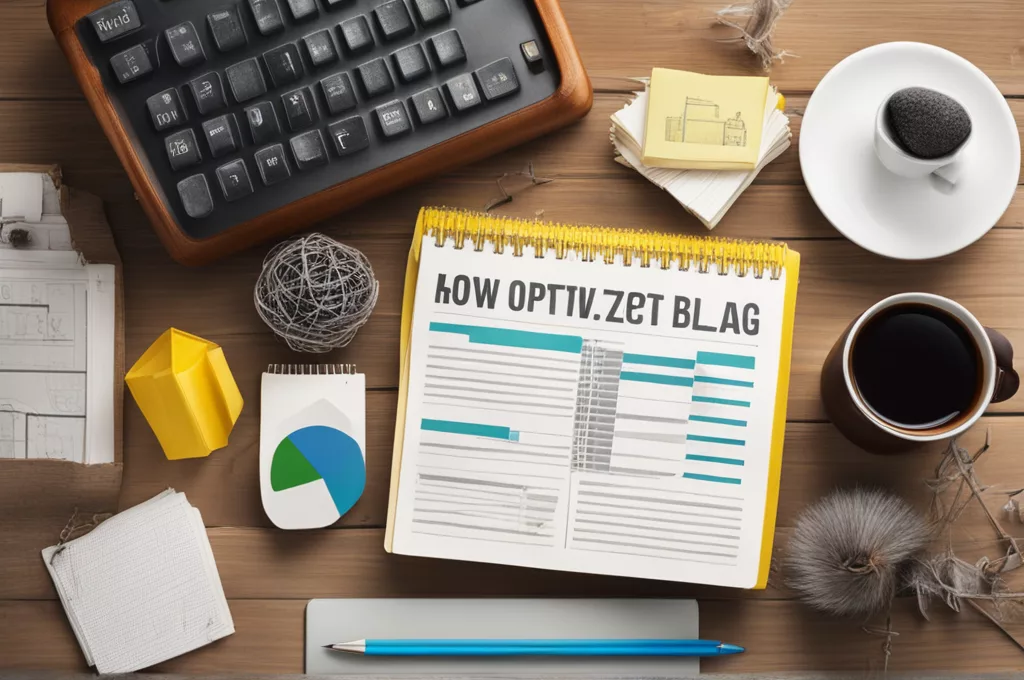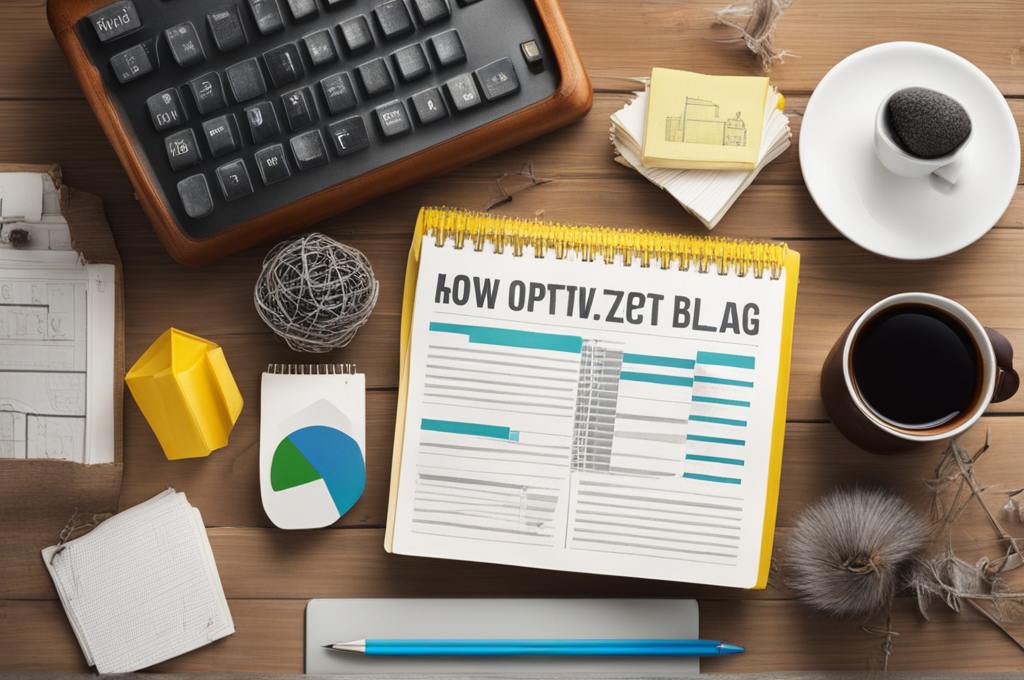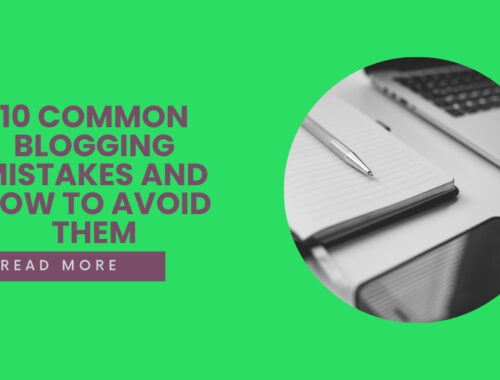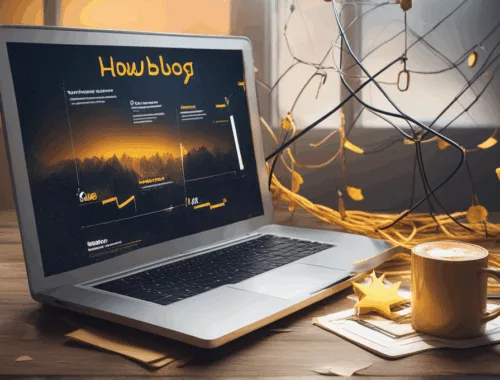
Maximizing Your Blog’s Visibility: The Ultimate Guide to Featured Images
 – Use SEO best practices, such as title tags, meta descriptions, and header tags.
– Use SEO best practices, such as title tags, meta descriptions, and header tags.
1. Why featured images matter for SEO
Featured images play a vital role in SEO, as they can significantly influence your search engine rankings and user experience. They improve click-through rates (CTR), keep your website visually appealing, and contribute to the overall user experience by offering a clear representation of the blog post’s content.
According to a study by Moz, the top 10 results in Google tend to have larger featured images than their lower-ranking counterparts. This implies that including eye-catching and relevant featured images in your blog posts can increase the likelihood of appearing in the top search results.
2. Choosing the right featured image
Selecting the right featured image is crucial for optimizing blog posts for featured images. Here are some tips to guide you:
1. Keep the image relevant to the blog post’s content. This ensures that users can quickly identify the content and understand the blog’s theme.
For instance, if your blog post is about “10 Best Coffee Shops in New York”, an image of a popular coffee shop would be more relevant than an image of a scenic view of New York skyline.
2. Use a clear, high-resolution image. This not only helps users to understand the content quickly but also ensures that the image appears crisp and clear on all devices.
3. Use a consistent image format like JPEG or PNG. Avoid using GIF images, as they can impact your website’s loading time.
3. Optimizing featured images for SEO
Optimizing featured images for SEO involves adding the alt text attribute. Here’s how:
1. Add relevant keywords in the alt text. This helps search engines understand the content of your image and can boost your search rankings.
For example, if your blog post is about “The Benefits of an Ergonomic Office Chair”, you should use keywords like “ergonomic office chair benefits” in the alt text.
2. Keep the alt text concise and descriptive. Avoid using lengthy phrases or irrelevant keywords as these can confuse users and negatively impact your CTR.
3. Include the image filename in the alt text. This helps users understand the content of the image even if they cannot see it.
4. Using featured images in your social media posts
Featured images can be incredibly helpful when sharing your blog posts on social media platforms. Here’s how:
1. Make sure that the featured image aligns with the post’s theme and is relevant to the platform. For instance, using a landscape image in a post about the best hiking trails would not be practical for a Twitter post.
2. Use a high-resolution image and keep the image format consistent with the platform.
3. Write an engaging and concise description for your social media post. This should include the blog post’s title and a brief summary of the post’s content.
5. Monitor your featured images’ performance
Monitoring the performance of your featured images can help you understand which images are driving engagement and helping you achieve your SEO goals. Here are some metrics to track:
1. Click-through rates (CTR) from featured images. This helps you understand which featured images are driving engagement on your blog.
2. Social media engagement. This helps you understand the appeal of your featured images on social media platforms.
3. Page engagement. This helps you understand how users are interacting with your blog posts.
6. Using featured images in your email marketing campaigns
Email marketing campaigns can be a great way to drive traffic to your blog posts. Using featured images in your email marketing campaigns can help increase engagement. Here are some tips:
1. Keep the featured image relevant to the email campaign’s theme and align it with your brand’s image.
2. Use a high-resolution image and keep the image format consistent.
3. Write an engaging and concise subject line and body text that highlights the benefits of reading your blog post.
By following these tips, you can optimize your blog posts for featured images and improve your search rankings, engagement, and overall user experience.
You May Also Like

10 common blogging mistakes and how to avoid them
October 17, 2024
Tracking ROI of Affiliate Links in Blog Posts
June 7, 2025


